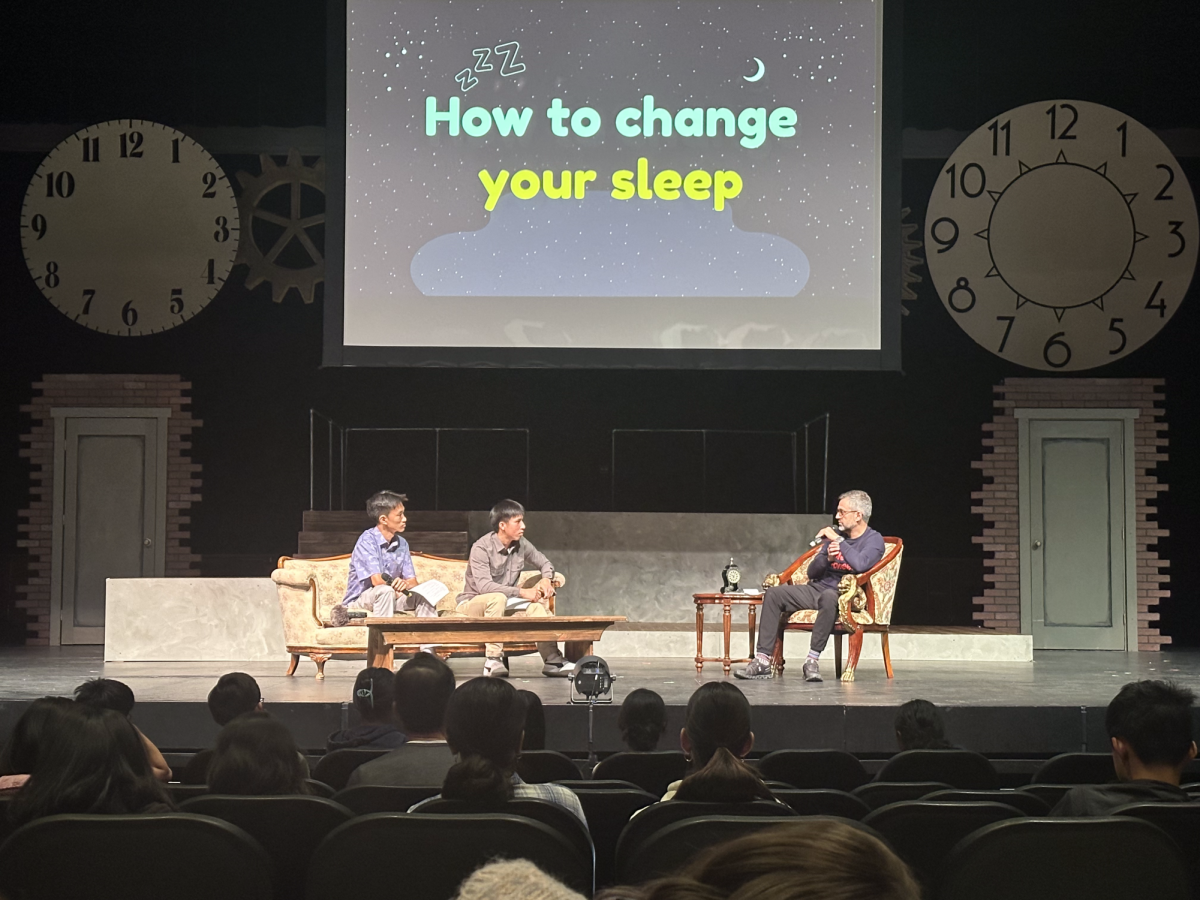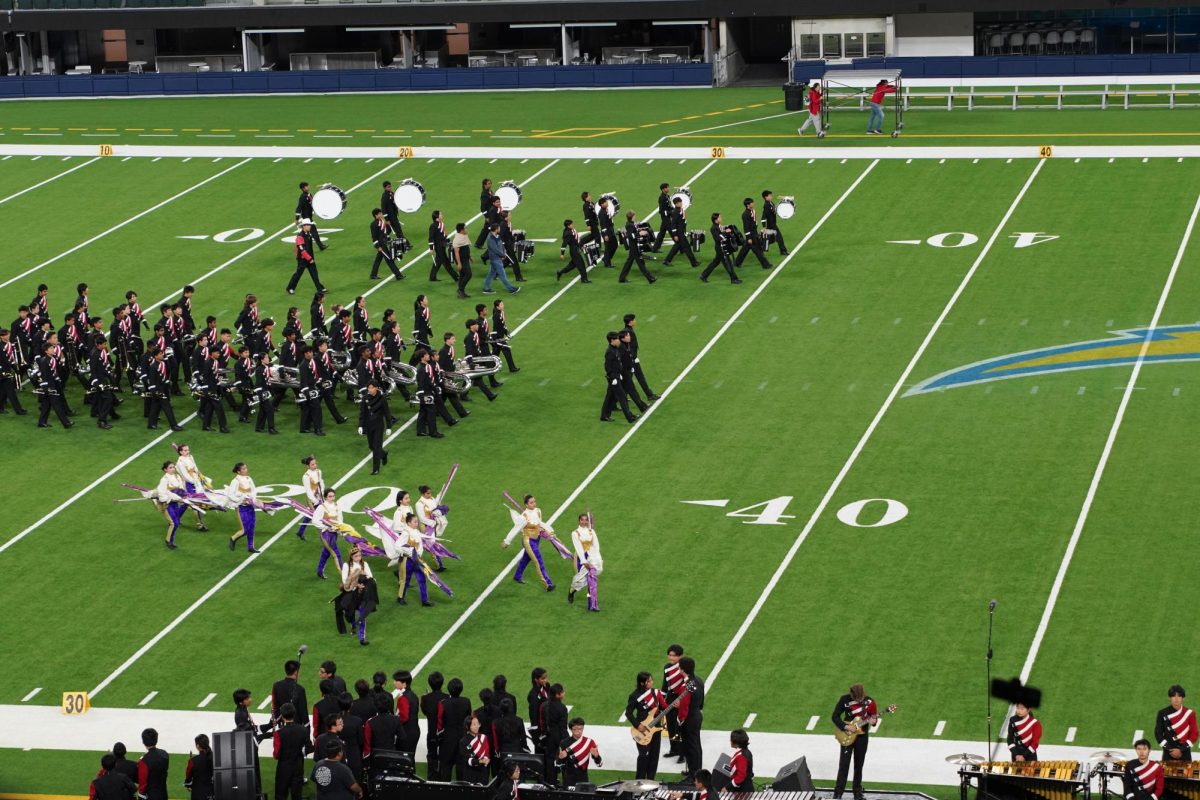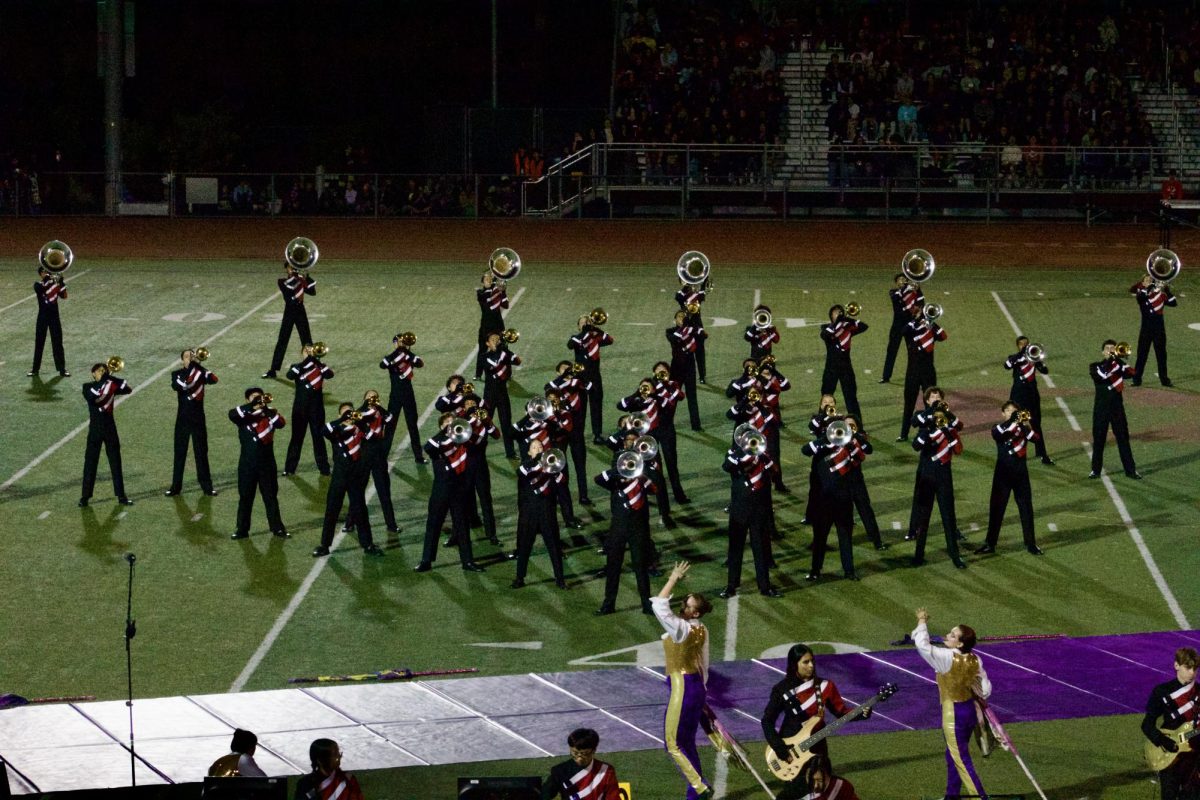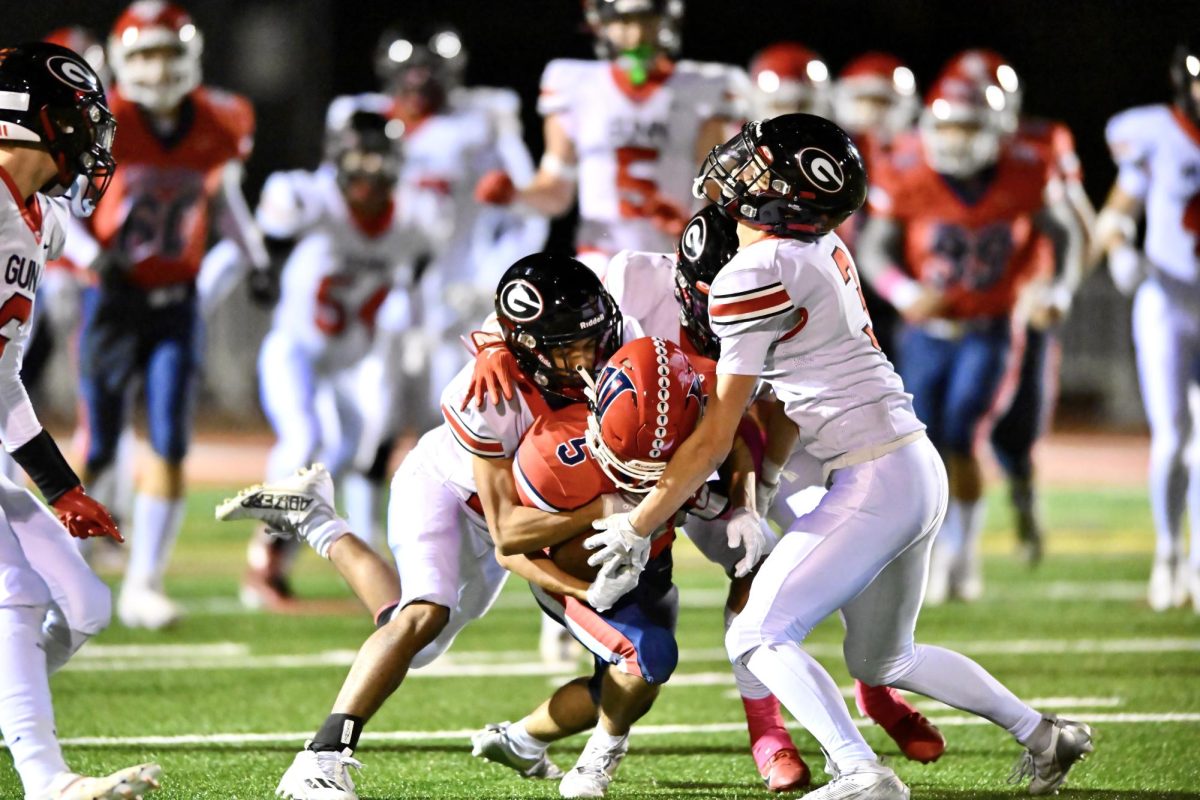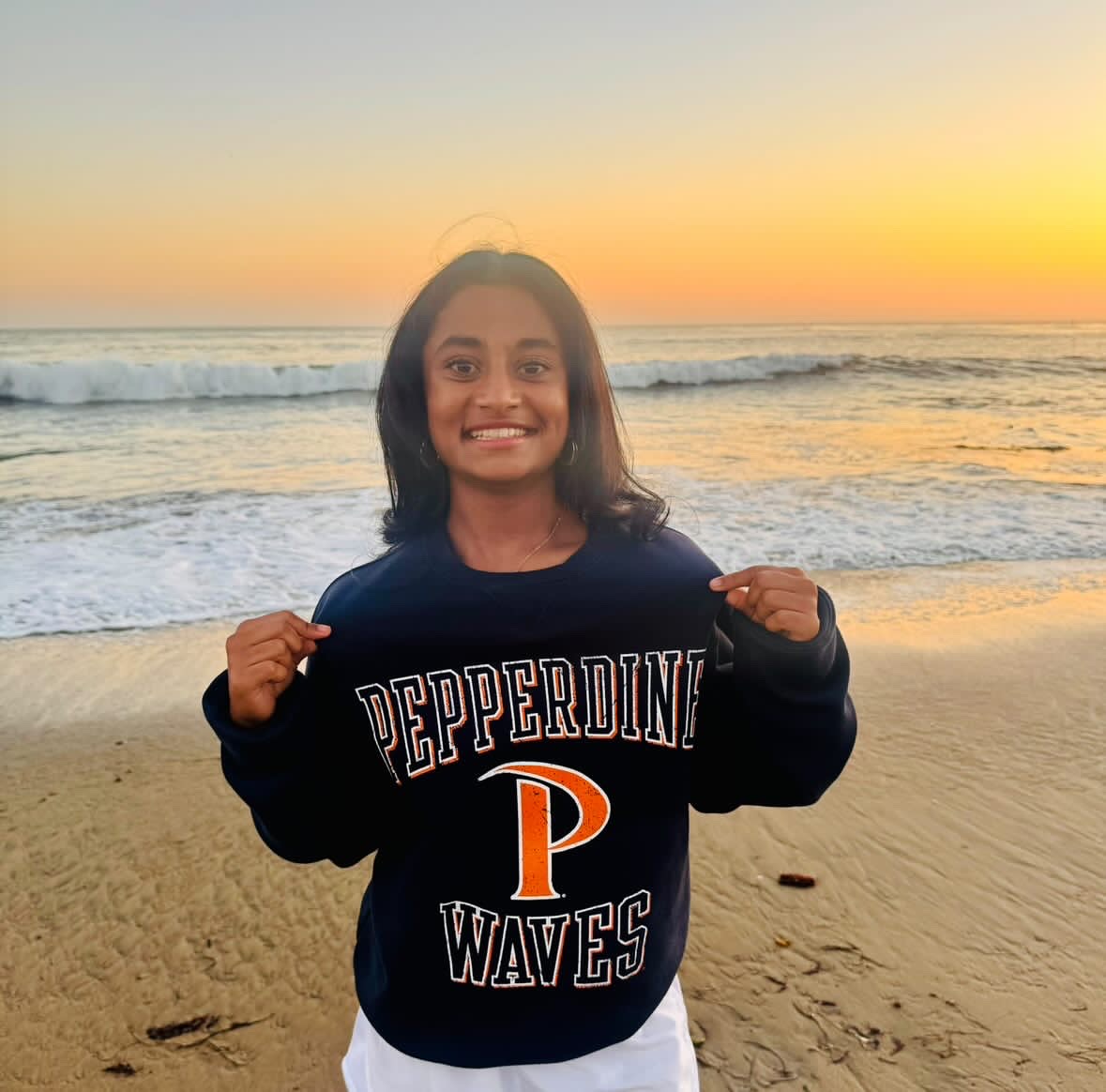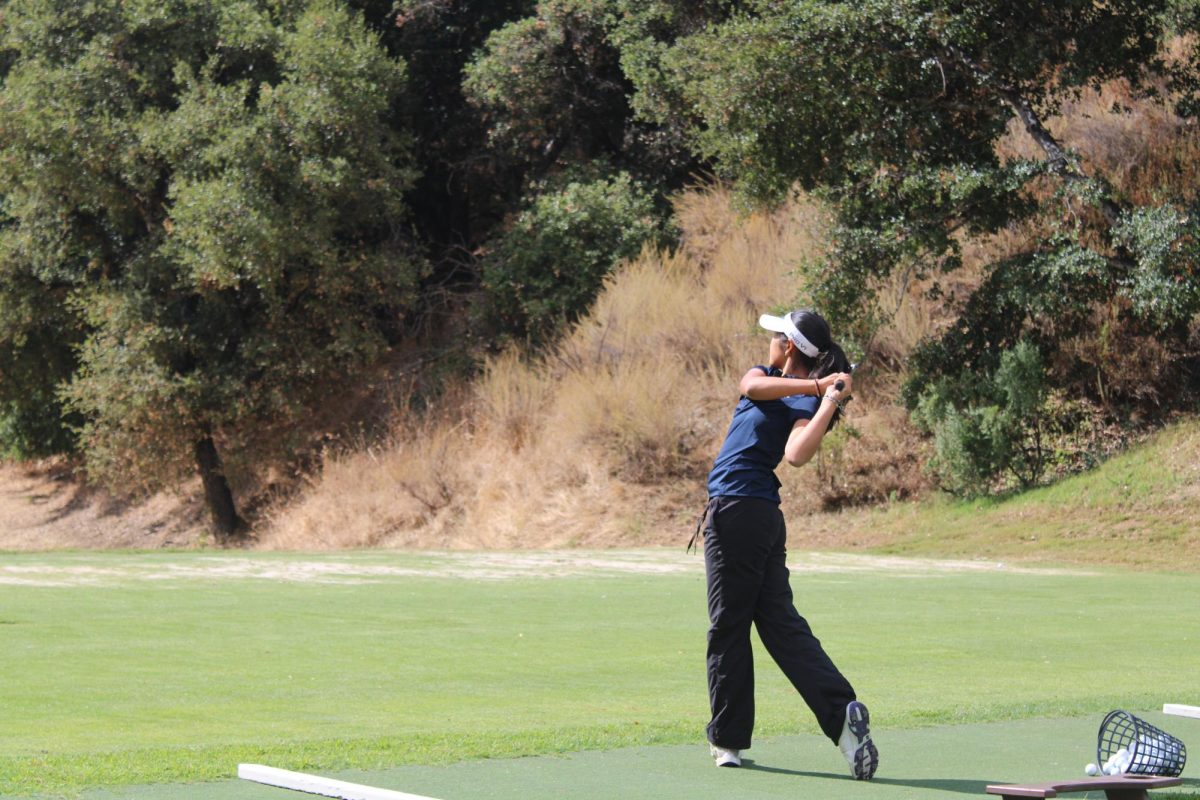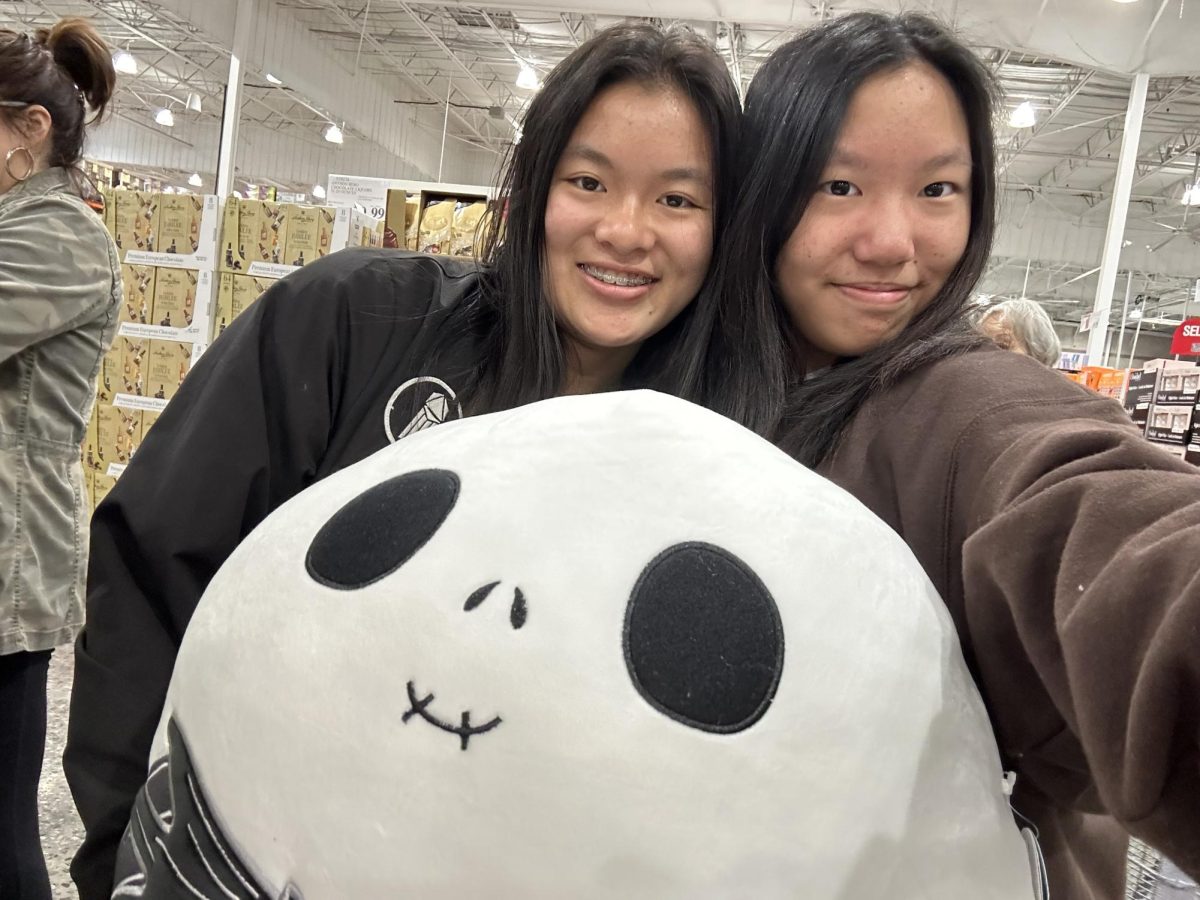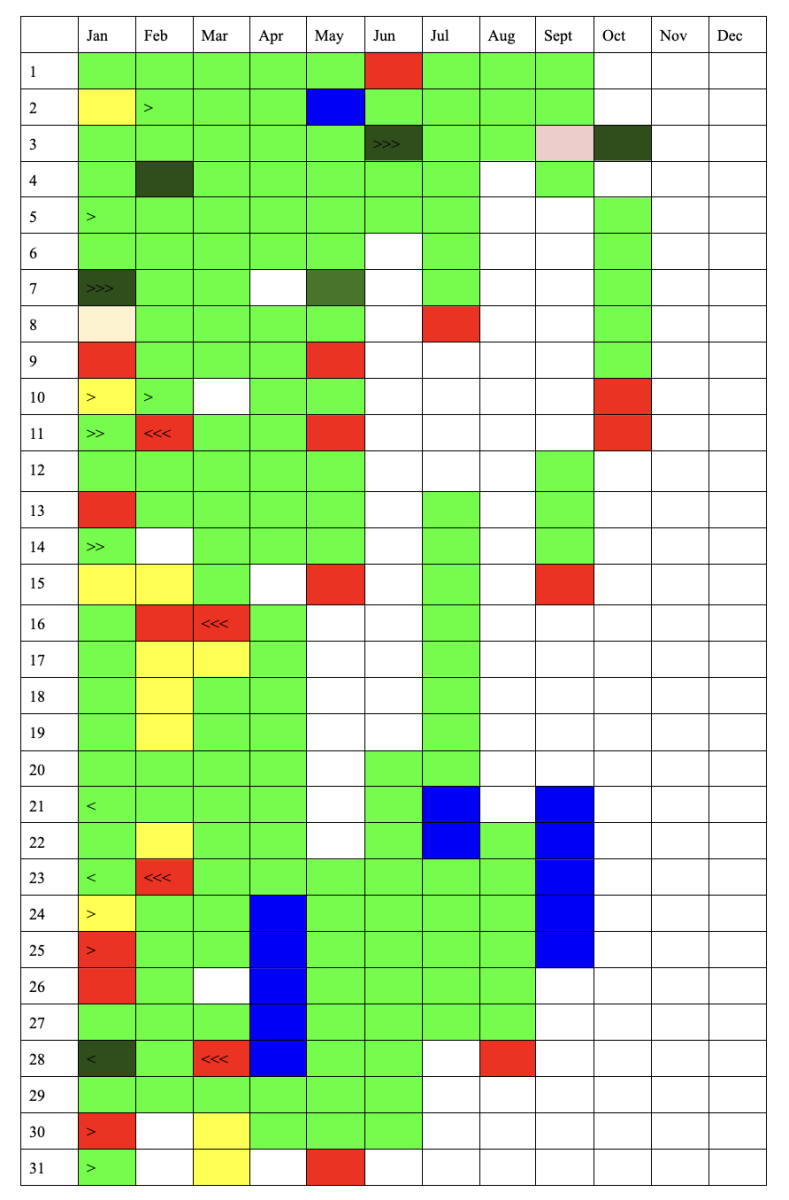Despite the flack for donning unprescribed glasses, purchasing blue light blocking glasses was a moment of personal revelation.
Since I have perfect vision, my less visually-gifted friends have berated me for the mockery of their condition, which requires “real prescription glasses.” Maybe their glasses required an eye exam, an optometrist’s prescription and real lenses, while I ordered my glasses in five minutes for $16.99 on Amazon. Maybe I have the privilege of waking up and seeing. My needs are valid. I still deserve rights.
With slightly yellowed lenses, these glasses filter out short-wavelength blue light, which can disrupt the generation of sleep hormones like melatonin when we look at screens (and really, any type of light) at night.
Although the glasses are sometimes marketed to alleviate digital eye strain, the American Academy of Ophthalmology said that blue light makes up only part of the problem, and that they don’t endorse blue light glasses. They recommend the 20-20-20 rule: looking at an object at least 20 feet away for 20 seconds every 20 minutes to rest your eyes.
In addition to the tediousness of this habit, I would rather not break focus every 20 minutes. Luckily, many users, in spite of the Academy’s current verdict, report that the glasses do help reduce eye strain. And I’m a believer.
Maybe the placebo effect influences my perception of the glasses. Maybe it’s because I feel more studious when I wear them. But these things work.
The day after the glasses arrived, I whipped them out during newspaper deadline night, where staffers stare at the inexplicably bright Mac monitors for up to eight-and-a-half hours, fixing minute details on their InDesign layouts and struggling to make the text-wrap look less “jank.” Because I tend to switch between monitors, it’s never worth adjusting the screen brightness.
By the end of deadline night, my eyes usually feel like shrunken prunes — ready to recede into the back of my head for the rest of my life, but also too big to stretch my sticky eyelids over. However, with the power of the non-polarized, plastic blue light blocking glasses, my head felt clear, and my eyeballs felt delectably buttery and supple.
Although my bespectacled appearance has been compared to the likes of Velma of Scooby Doo, the ubiquitous grandmotherly librarian and Doctor T.J. Eckleburg of “The Great Gatsby,” life through the slightly-yellow lenses feels stereotypically scholarly in the best way.
I started wearing blue light blocking glasses for reading too, since the nightly AP US History reading seems to radiate a progressively more brilliant white with each page turn. While I used to dilly dally at my desk before plunging into the long reading assignments, donning the spectacles now puts me in the mood to power through the reading.
The glasses even function as backup sunglasses while driving, as sunlight exposes your eyes to blue light, too. I can’t report that they make me a better driver, but my eyes feel noticeably less burnt out after driving on a bright day.
Although they can’t enhance your vision, investing in blue light glasses may improve quality of sleep, mitigate eye strain or even stimulate a temporary identity shift — if you’re willing to take the flack from the doubters. If (or when) the American Academy of Ophthalmology changes its stance, do you really want to be the one who resisted revolutionary change? Join the movement.

